Stroom Invest Interviews / Curator #4 Alejandra Labastida
Alejandra Labastida is Associate Curator at the University Museum of Contemporary Art (MUAC) in Mexico City. She curated projects which involved artists like Mladen Stilinovic and Vincent Meessen. She is going to tell us more about curating contemporary art in Mexico.

Curators in The Hague work in a city with hardly halve a million inhabitants. I can hardly imagine what it is like to work as a curator in a big metropolis like Mexico City, with almost nine million inhabitants.
‘The national panorama of the art scene is still very much centralized in Mexico City. Although some other big cities have started to make noise too. For example, Oaxaca in the south, Guadalajara and Monterrey in the industrial north. The projects showed at MUAC sometimes can’t be presented in another city simply because of the presence of nudity. So there is a long way to go…
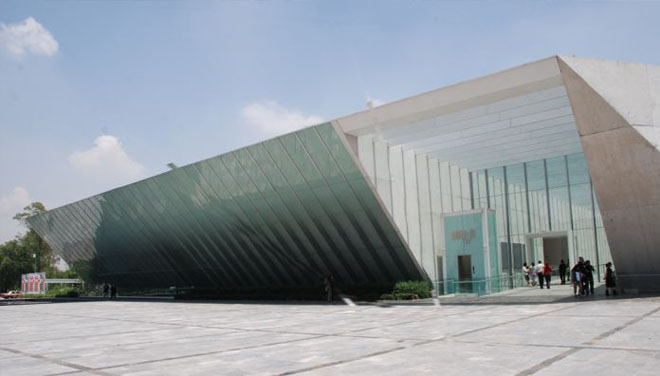
‘Mexico City is a monster city with more than 8 million inhabitants. There are a lot of cities within the city, and they each have a different set of rules. The art scene is concentrated downtown and in the northern area of the city which is more gentrified.
‘MUAC, the museum I work for, is all the way to the south of the city. It is part of the Universidad Autónoma Nacional de México. That is a city on its own, with more than 400,000 inhabitants, like students, teachers, researchers.
‘So there are huge differences. Not only between the people that visit the exhibitions, but also between the programmes itself. So many controversial and politically oriented projects, I think, could only be presented at MUAC. After all, it is a public left-oriented and very importantly autonomous university. We can push the boundaries far more than in other state institutions or even private spaces.’
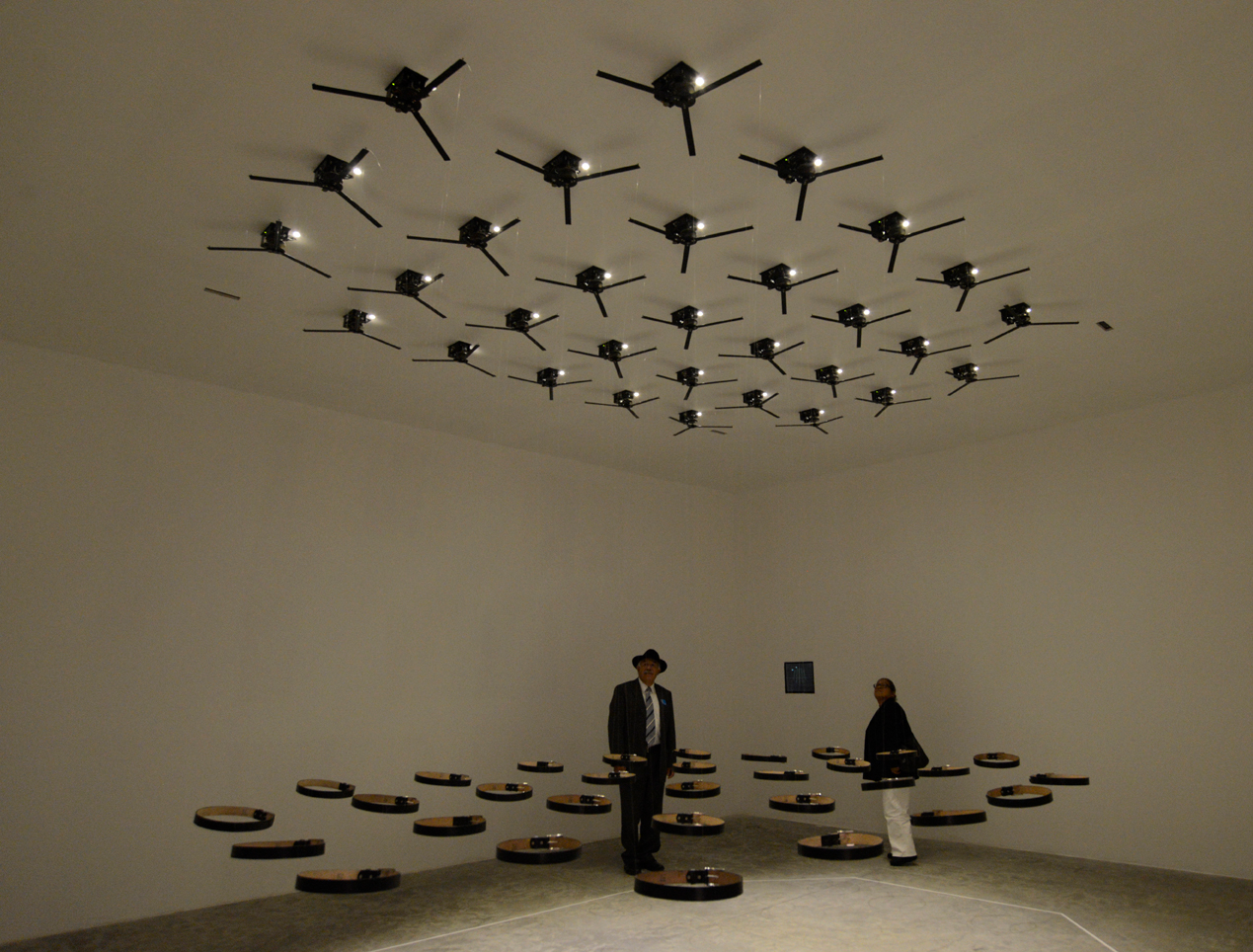
In the Netherlands there are many budgetary issues in the art scene. Are the art budgets in Mexico sufficient enough to do your work as a curator properly?
‘We are in the middle of a crisis, I believe shared with most countries, where cultural budgets are almost disappearing. The state institutions are literally closing down, people are getting fired. Although publicly funded as well, we are in a slightly better situation at MUAC but are depending more and more on private funding.
‘Needless to say, this involves a deep transformation and endangers our autonomy. The pressure to include ‘blockbuster exhibitions’ with record breaking numbers of visitors is here to stay. We try to arrive at an equilibrium between these demands and our interests.
‘Trying to look at the bright side, some interesting phenomena have happened. For example, these blockbuster projects have brought a new kind of audience. When they are visiting they see a kind of politically and socially engaged art they would have never seen otherwise.
‘I think there are two sides to the problem. On the one hand the state has ceased to give priority to culture. But on the other hand it’s about the structures of self exploitation that we maintain as cultural workers. It is astonishing how even in the most precarious conditions we continue to produce work, renouncing our fees – both artists and curators – for the sake of the project.
‘We need to find models of professional collective self-regulation (in the words of Andrea Fraser). That is not only my opinion, but also that of many other key figures who have insisted on this. For example the aformentioned Andrea Fraser, but also Hito Steyerl, and also important initiatives like WAGE have contributed to this necessary reconfiguration of our labour conditions.’
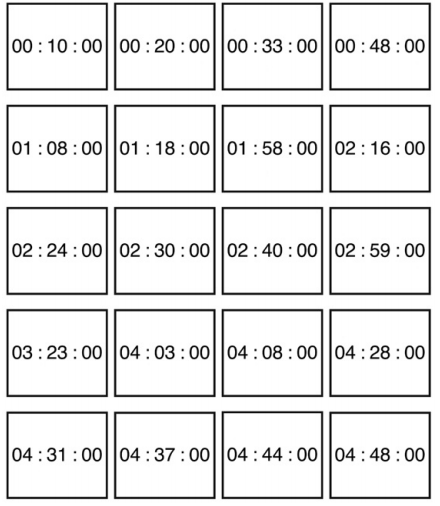
“Arrecife [Reef] lasted 45 hours. When the timer stopped, marking the end of the last hour, the orchestrated sterility and silence of the white cube were shot through with a round of applause that lasted a long time. Maybe there weren’t many of us there, but the acoustics of the hall multiplied our number. Now the stage wins, I told myself.”
(From Alejandra’s essay ‘To Be or Not to Be? No, Thank You1’)
I have noticed you write a lot of essays about art. It makes me wonder: do you feel more an essayist than a curator, or are those one and the same to you?
‘I come from an academic family and studied History. I got interested in curatorial practice to escape the academic world and its tight rules and hierarchies, which felt like a metaphorical desert to me. Still, at first I thought they were one and the same, that there was no ‘serious’ curatorial work if there was no text. Now I know sometimes both can be true.
‘Fortunately, my preconceptions have loosened up. My experience is that curatorial work is very different depending on each project. Sometimes it is more practical and sometimes more theoretical, many times it is both. Sometimes, even if you’ve worked on the whole project, you are not the best person to write about it. That doesn’t demerit your curatorial input!’
There are a lot of European artists whose exhibitions you’ve curated, for example Mladen Stilinović. Could you tell us how Stilinović’ death, hardly a year later, has affected your work as a curator?
‘A few years back I was commissioned to produce an exhibition focused on Eastern Europe. I invited the Croatian curatorial collective named DELVE. It was an amazing exhibition! I just clicked with each of them on a more personal level.
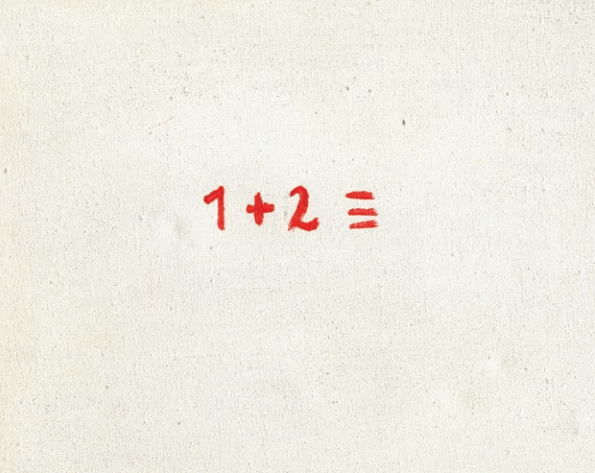
‘Since then I have created a personal interest and relationship with artists and curators in Croatia, making exhibitions with Croatian artists in Mexico and bringing Latin-American artists to Zagreb.
‘Mladen´s death was so sad. We were planning to invite him to do one of his lecture performances. That would have been such an honour. Curator Branka Stipančić, his wife, said to me recently he was so excited to come to his first big show in Latin-America, but his illness prevented this eventually. Still, a lot of young Mexican artists that didn’t know his work got to see it.’
“Although he is considered to be a conceptual artist, Stilinovic´’s work is never cold or rational; rather, it moves on a humorous, ironic register whose simple gestures appeal to affect and produce experiences that insist on personal responsibility.”
(From Alejandra’s essay ‘1 + 2 or, How To Manipulate That Which Manipulates You’)
And how about Vincent Meessen?
‘I saw Vincent Meessen´s work in Berlin in a Catherine David show, while participating in the Berlin Biennale curatorial workshop. Cuauhtémoc Medina, MUAC´s chief curator, saw it elsewhere too. So when the possibillity of working with him arose in a discussion, I immediately asked to work on the project.’
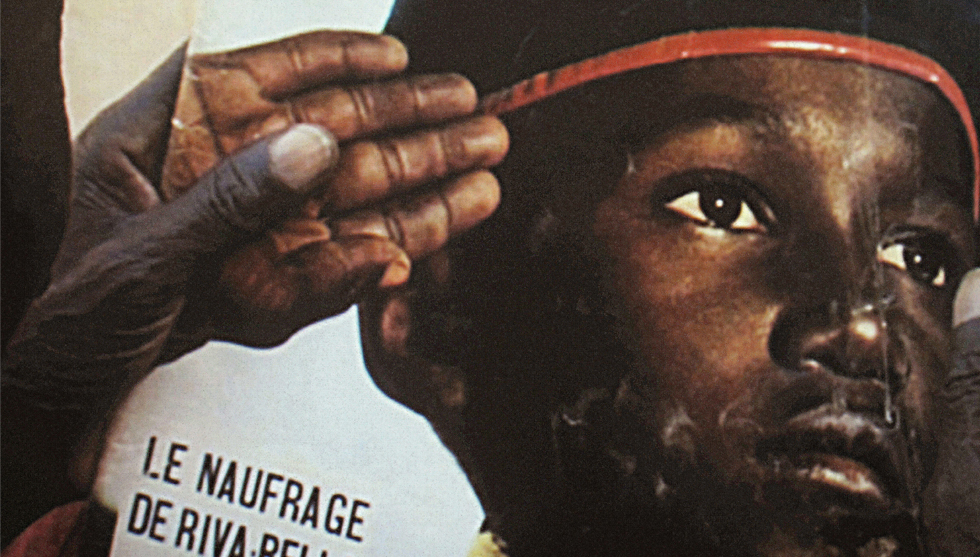
“Meessen excavates post-colonial histories and their disputed legacies, as well as their centrality to the intellectual and cultural processes of modernity. Situated at the intersection between information and poetic invention, his works have a hybrid value that he designates as ‘documents of experience.’”
(From Alejandra’s essay ‘My Last Life: An African Grammar after Roland Barthes’)
A question about Portrait of a Failed Silence, which is about investigating repressed memory in the work of Meiro Koizumi. I heard you say in the same interview that you prefer conceptual projects with a more specific historical or political depth rather than more formalist projects. Koizuma seems to fit that bill. Can you explain what for you, as a curator, is so appealing about an artist like Koizuma?
‘Actually what is amazing about Koizumi is that it defies that separation. His work is a very intense experience, although he often works on specific historical and political subjects, and he does a whole lot of research. So it is more on the formalist side rather than in the dry conceptual tradition.
‘Although based on historical documents Koizumi basically creates a choreography of effects. It is often humorous or cathartic, seldom achieved in the conceptual approach that is normally taken by socially and politically engaged artists.’
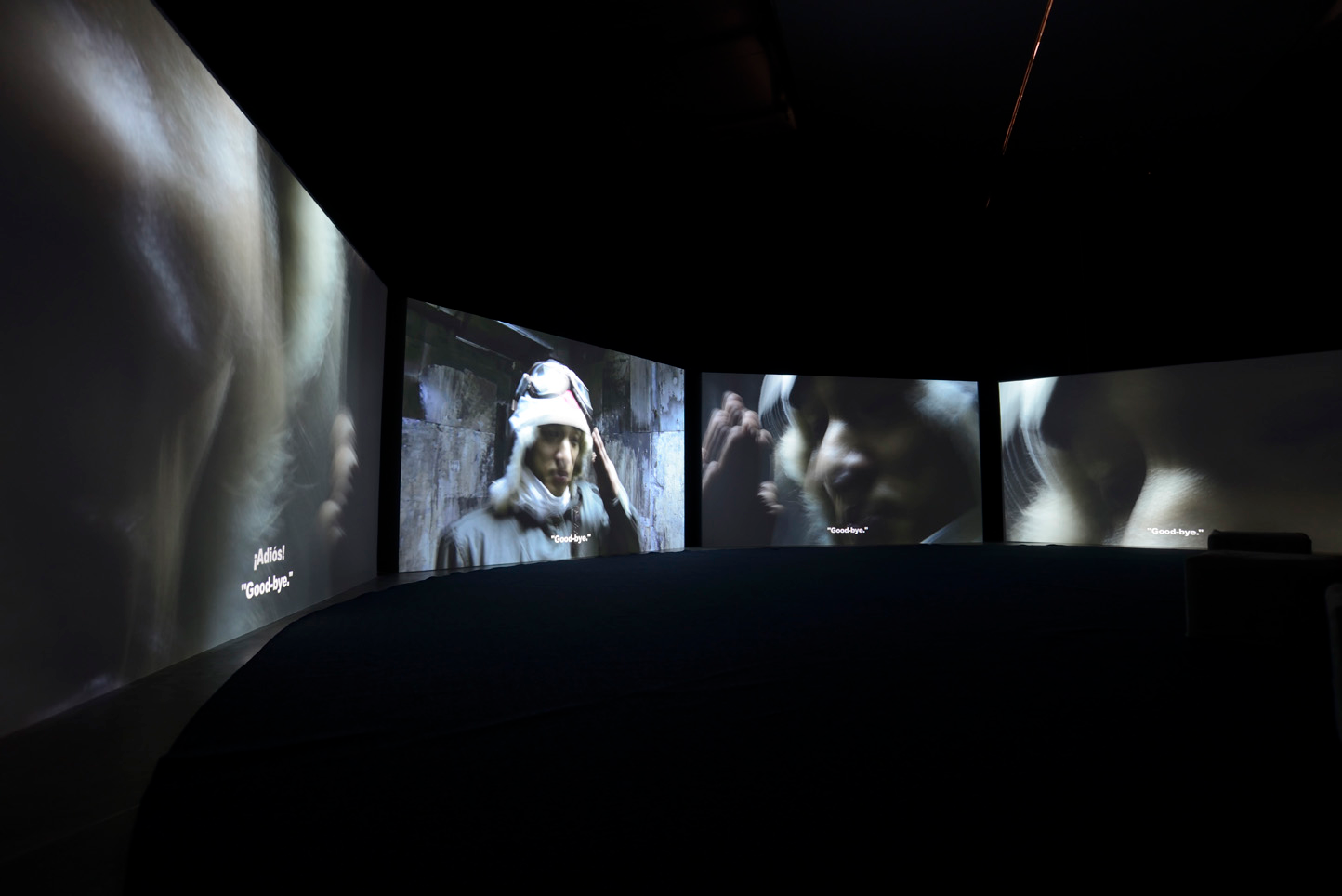
I would like to end this interview with a question about negotiation. In an interview you said once that curatorial work is ‘all about allowing a space of negotiation more freely and autonomous’. Could you tell me more about the role of mediator between art-consumers and artists that a curator can play, according to you?
‘Curatorial work in my experience cannot be divorced from a high degree of energy invested in negotiation.
‘There is negotiation between the artist and the institution, between the pressures of the financial realm and the possibilities of the work, basically between everybody´s fantasies. The artist’s, the institution’s, the trustee’s or donor’s, the public’s, the educational curator’s, and of course, your own.
‘Normally you play the reality check card but if you are lucky you get to play the let´s go all the way card.’
- Interview Alejandra Labastida on Youtube (Spanish)
- Alejandra Labastida at Independent Curators International
- 1 + 2 or, How To Manipulate That Which Manipulates You
- Arrecife / Reef / Collevtivo AM
- Meiro Koizumi: Retrato de un silencio fallido
- Vincent Meessen: Mi Ultima Vida
- Camel Collective: La distancia entre Pontresina y Zermatt es la misma que de la Zermatt a Pontresina